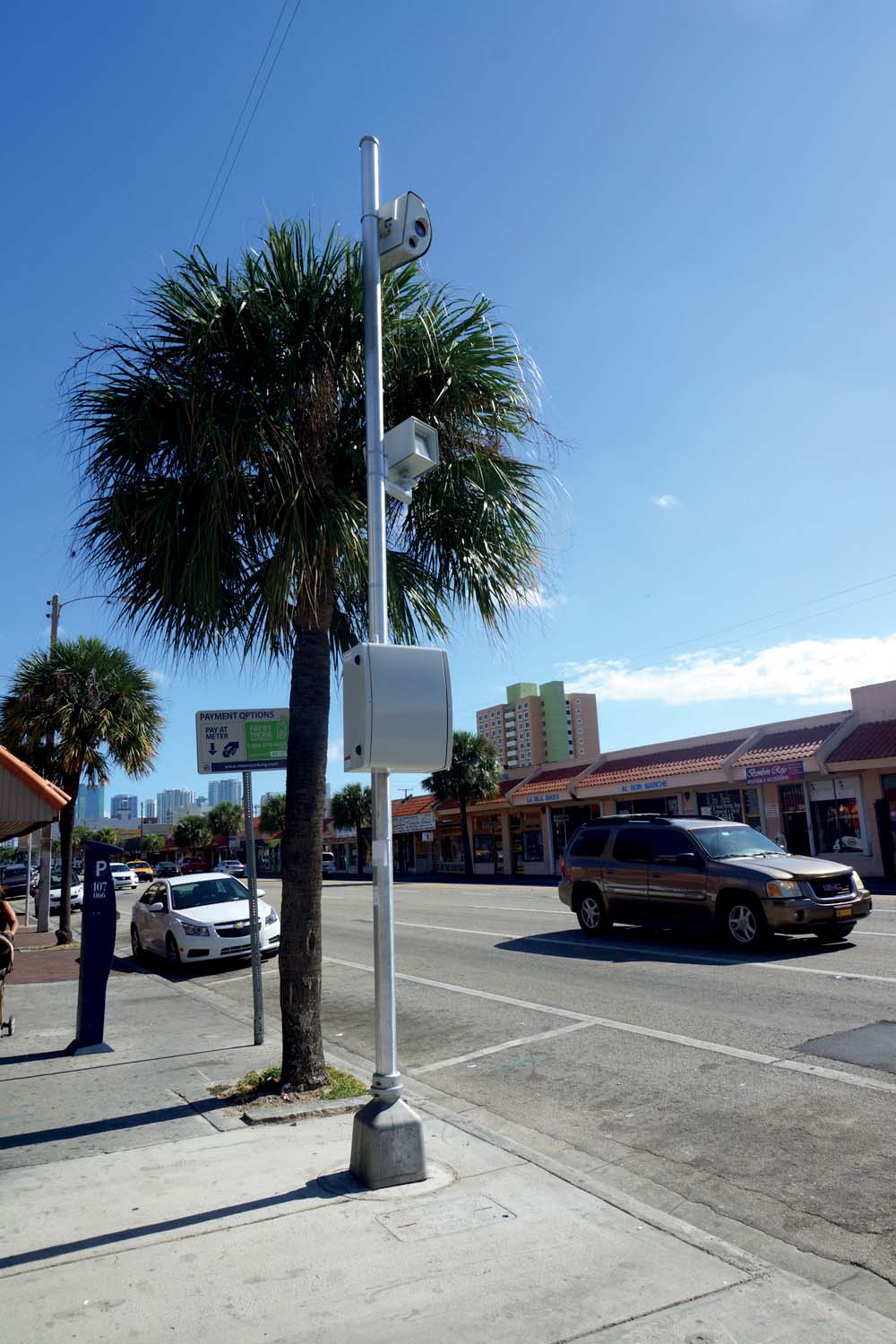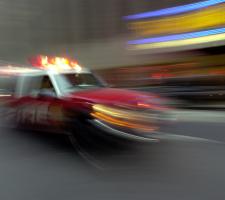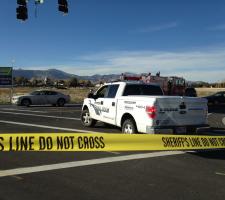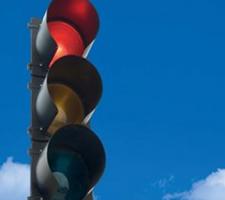
David Crawford investigates new cost-benefit analysis of red light cameras.
US states can now realistically calculate the economic benefits of using red light safety cameras, alone or in combination with other measures, to cut road traffic accident levels. The results could be of material value in making the case for the cameras as a number of state legislatures continue to debate their acceptability.
In recognition of their contributions to road safety, red light cameras are one of 12 solutions included in the new interactive online Motor Vehicle Prioritising Interventions and Cost Calculator for States (MV PICCS) tool, developed for the US National Centre for Injury Prevention and Control (NCIPC).
Most interventions are physical, depending on police or other legal activity, and only three are based on electronic technology - the others being automatic speed enforcement; and alcohol interlocks, to check drivers’ blood alcohol level.
First issued in October 2014, the calculator acknowledges the fact that, with limited finance for road safety-targeted interventions, individual states have to prioritise those that will deliver the best value for money. To achieve this, their governments need detailed, state-specific information on the costs and benefits of the interventions.
The Centre acknowledges that “considerable evaluation work” has already identified the most relevant interventions for road accidents and estimated their costs. But it stresses that relatively little has been done to identify the comparative levels of economic resources needed.
Consequently, state decision-makers have been unable fully to assess the financial implications and then choose the most cost-effective options. The Centre has therefore selected red-light cameras, and the other interventions, for inclusion in its calculator using three evidence-based criteria:
- Potential to achieve substantial reductions in road traffic accidents;
- Number of states already using the intervention (the threshold is no more than two thirds); and
- Scope for implementation at state, rather than US federal or local level.
The Centre puts the total cost of a typical camera installation at between US$138,000 and US$150,000. Typically the capital outlay is absorbed by a private contractor with the subsequent leasing and running costs met from the income received from red-light running citations.
The Centre gives red-light cameras its highest rating for effectiveness, ‘despite some conflicting evidence’, and cites 2011 statistics showing a 17% fall in deaths at signalised intersections following their introduction. Reduction of motor vehicle–related injuries is one of the ten ‘winnable battles’ (the others are health-related) designated by the US Centers for Disease Control and Prevention, of which the NCIPC forms part. At the start of November 2014, nearly 500 US communities had installed red light camera systems.
Statistics from the US National Highway Traffic Safety Administration and the US Insurance Institute for Highway Safety show that red-light running crashes killed 680 people and injured more than 130,000 in 2012. More than half of the deaths were of people other than the violating driver.
The ‘T-bone’ or angle crash is considered one of the most dangerous as the impact pits one vehicle’s front-end against another’s vulnerable passenger compartment. Compounding the problem is the fact that the red-light runner is typically accelerating in order to try and beat the red light.
In addition to causing deaths and injuries, collisions can have serious financial implications for the local community, including medical costs and damage to property. A recent study by the
A crash causing injury can cost US$126,000 and such incidents also disrupt traffic flows and increase congestion and pollution levels.
As one way of reinforcing driver awareness, some of the more dramatic effects of violations are routinely chronicled on the RanARedLight.us website, which camera supplier American Traffic Solutions launched during the US’ National Stop on Red Week in August 2014.
Currently, 23 of the 50 US states, plus the District of Columbia, allow their communities to use the cameras. However in Florida, decisions by the state’s supreme and lower courts have caused a number of cities to review their programmes and refund tickets for violations. And in April 2015, the Texas State Senate approved a bill that would ban cities from signing new red light camera contracts when current arrangements expire meaning the future of these systems is unclear.
Objections being raised include:
- Having footage reviewed by private companies running the installations rather than police;
- The risks of rear end shunts, when drivers spot the cameras and brake sharply;
- That ticketed drivers cannot confront their accusers, in violation of their ‘due process’ rights; and
- Claims that the cameras act as revenue generators for local governments rather than as ways of making intersections safer.
In a recent white paper,
It cites the Traffic Safety Culture Index, published in January 2015 by the American Automobile Association’s Foundation for Traffic Safety, which found more than 50% of drivers support the use of red light cameras in urban areas. The US Insurance Institute for Highway Safety also states that acceptance ‘has always been strong’ and its 2013 survey found 87% of residents of Washington DC support red light cameras.
In most cases, the white paper continues, ‘once a driver gets a red-light running ticket, that person does not make a second violation, which indicates a positive change in behaviour’. There is also evidence that when drivers know they are at risk of being ticketed for red-light running, they slow down and stop in good time.
A further, social benefit cited is that the presence of cameras helps police investigating other offences such as hit-and-runs, assaults and murders.
On average, American Traffic Solutions’ John Conway told ITS International, US police make 335 requests per month to the company for camera video footage and photographs, to help identify criminals, vehicles, suspects and missing persons.
He counters objections that cameras don’t cause rear-end crashes by saying “drivers failing to leave a safe stopping distance are what cause the accidents. Judicial opinion favours the cameras because processes are in place for drivers to appeal their tickets and face the officer who reviewed the photographic evidence and determined a violation occurred. All citations are issued after police review.”
The research for the MV PICCS was carried out by global non-profit consultancy
Working out the figures
An MV PICCS example examines the planned use of four linked interventions - red light cameras, ignition interlocks for alcohol impaired driving, primary enforcement of seat belt law and sobriety checkpoints - by a state with a US$1 million budget. The calculator estimates that these would:
• Cost US$279,000 a year (after offsetting by revenue from fines
• Prevent 60 deaths and 5,170 injuries a year; and
• Deliver a benefit of almost US$231 million a year, in terms of lives saved and injuries prevented.
Non-traffic cases pursued with camera evidence
After her car was stolen and later involved in a hit-and-run, a college student in Tucson, Arizona was issued with a red-light running violation notice with the photograph of a stranger driving her car. The police used the photograph to identify the offender. And in Surfside, Florida, police used video from a red-light camera to identify the suspect in a rape case, who appeared walking behind the victim.














